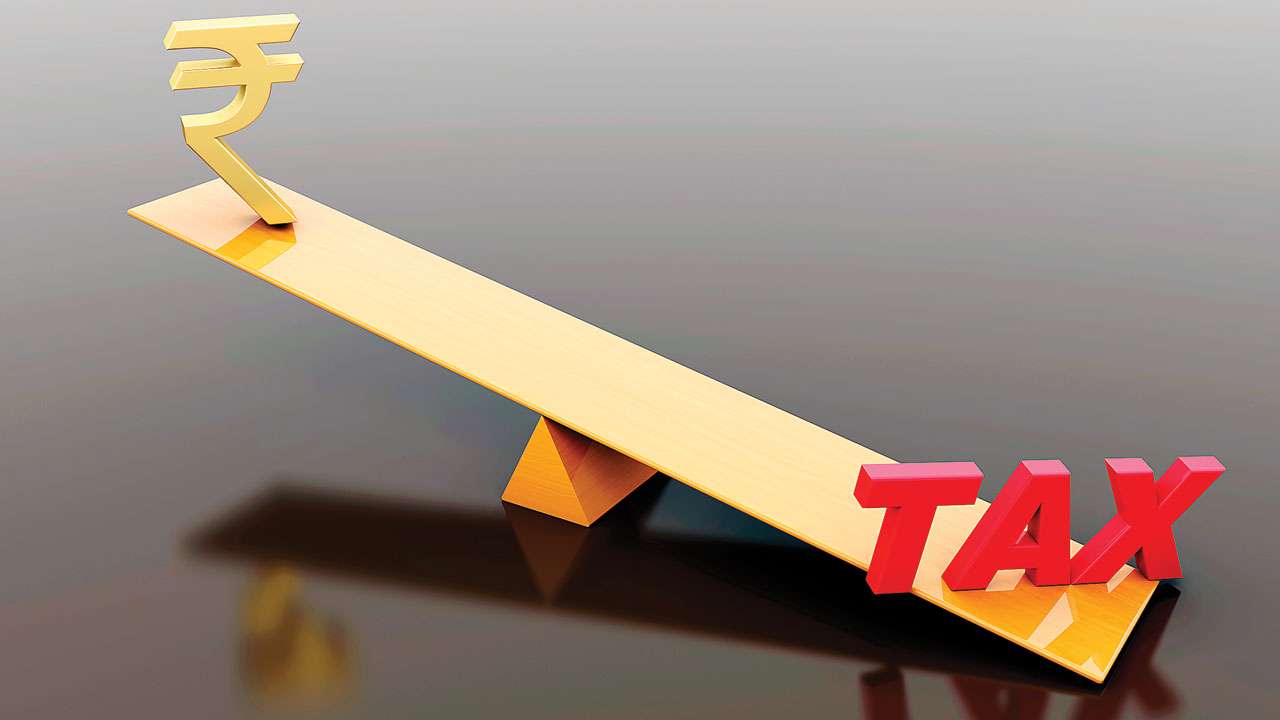
With the New Year comes the hustle of filing taxes and scrambling to invest in 'tax-saving instruments'. For most people tax-saving is more of a burden they are forcefully bearing rather than being a delightful way of saving and investing. This results in ad hoc investments in various products that cost too much, yield little and are a drain on the overall portfolio.
Public Provident Fund, insurance policies and fixed deposits are some of the first things that come to an investor's mind as the deadline approaches. In recent times, ELSS (Equity Linked Savings Scheme) has been gaining investors' attention. ELSS is equity mutual funds with tax benefits. However, the important step while planning your taxes is to not view tax-saving as an isolated goal while selecting your investments. With a little thought and planning, the investments you make for tax saving can become an asset, which can help you create wealth in the long run.
For any long-term goal (five or more years away), inflation becomes a serious consideration. Unless your investments outgrow the pace of inflation, you might not be able to create a substantial corpus to meet your goal. Equities as an asset class has displayed the potential to outgrow inflation in the long run, making it an ideal for long term goals.
A financially secure and comfortable retirement is a long-term goal for most people and must ideally be linked to tax saving. To understand how, let's take the example of Arjun (35 years). He wants to retire at the age of 60.
Let us look at scenarios of investing this amount across various tax-saving instruments. In a five-year FD, offering 5.25% post-tax returns the corpus will be Rs 31 lakh. In PPF offering 7.6% (this changes every quarter), after 15 years the corpus will be Rs 44 lakh. In Ulips, offering 10% returns, the corpus after five years will be Rs 65 lakh. (*Average returns from a Ulip Policy pre-expense is 14% p.a. & as per Irdai guidelines maximum expenses of 4% hence, we have considered returns on 10% per annum). In ELSS, assuming post-tax returns of 12.9% the corpus will be Rs 1.03 crore. But remember that Ulips and ELSS are subject to market risks, which means the investment value fluctuates.
While, PPF, EPF, life insurance policies, etc, are all effective instruments of saving tax, they are not great wealth building tools. To build wealth for a long-term purpose, a more beneficial option is investing in ELSS.
That said, the minimum lock in period of three-years is not the ideal period to stay invested in equities. With equities, a longer time horizon (more than seven years) is desirable. Due to the compounding effect of returns, longer the time horizon, more the growth. Additionally, the earlier you start investing towards a goal, smaller the contributions required, as compared to starting later.
In conclusion, by making wise decisions with your tax saving investments, over time you can build a sizeable corpus which could supplement your retirement corpus. Take the Systematic Investment Plan (SIP) route, where your contributions happen automatically month after month, for as many years as you like. There is no last-minute scrambling, no time or energy wasted in identifying ideal products year after year. And, at the end of each financial year, the contributions would qualify for the 80C tax deduction.
Slowly and steadily you have reached the destination of your goals while clearing the check post of tax savings every year.
The writer is founder of HappynessFactory.in